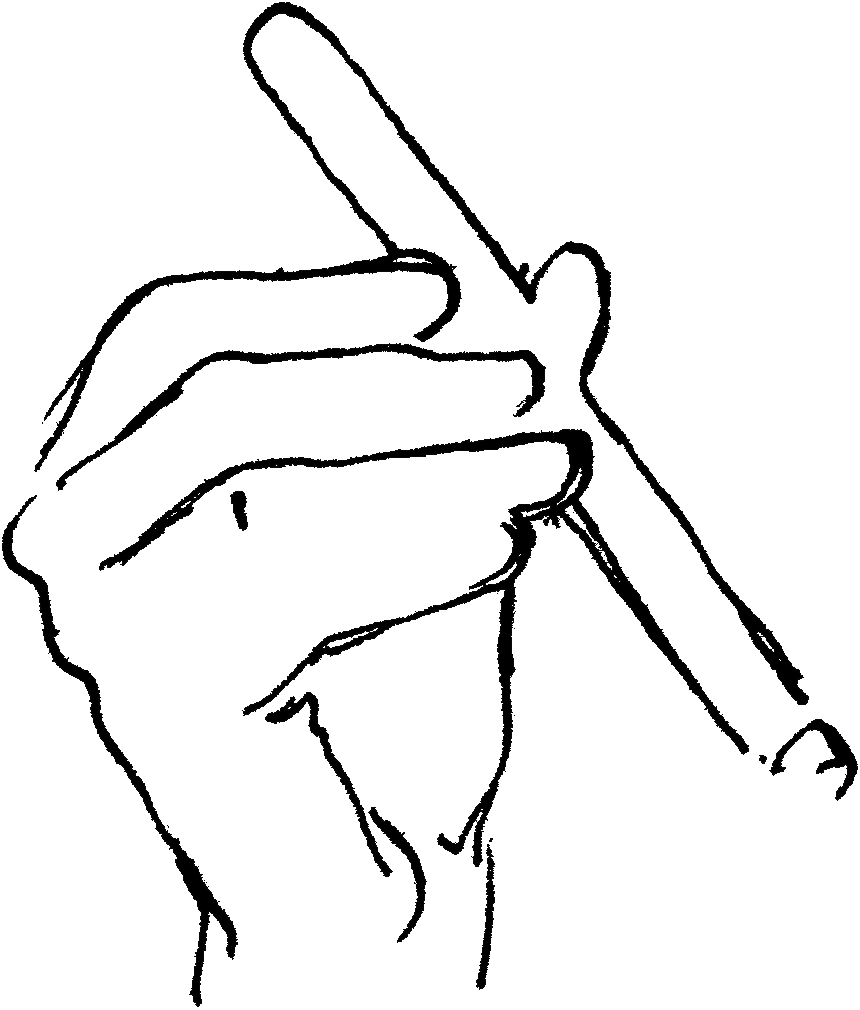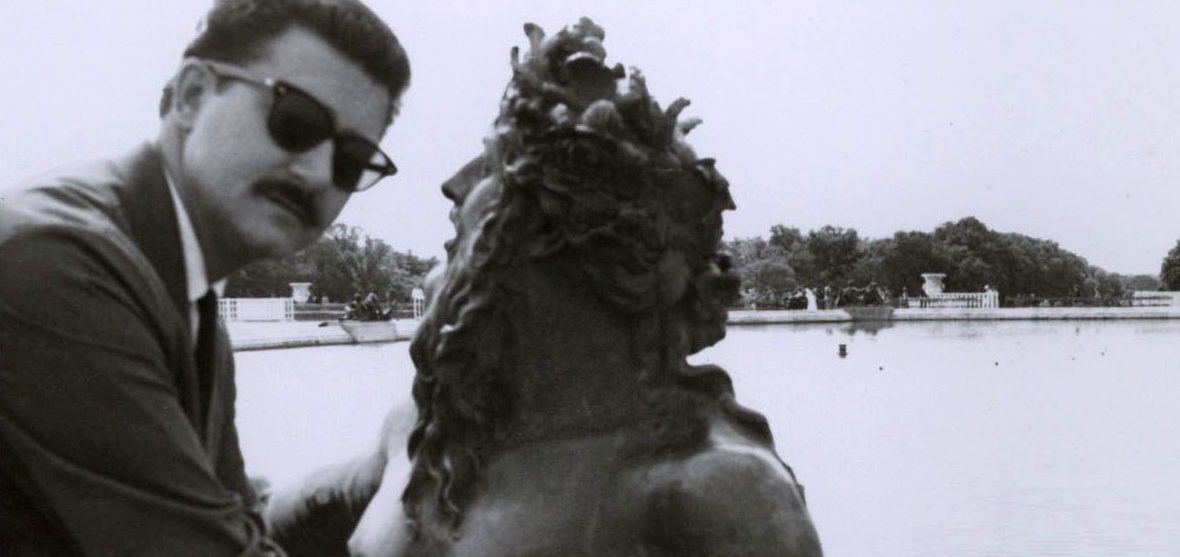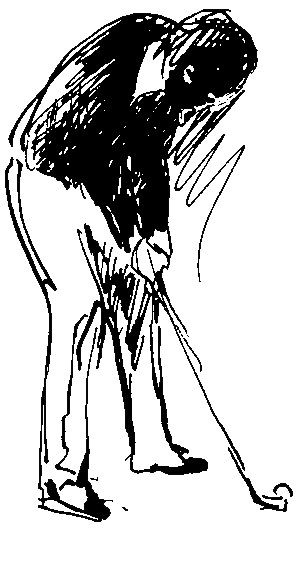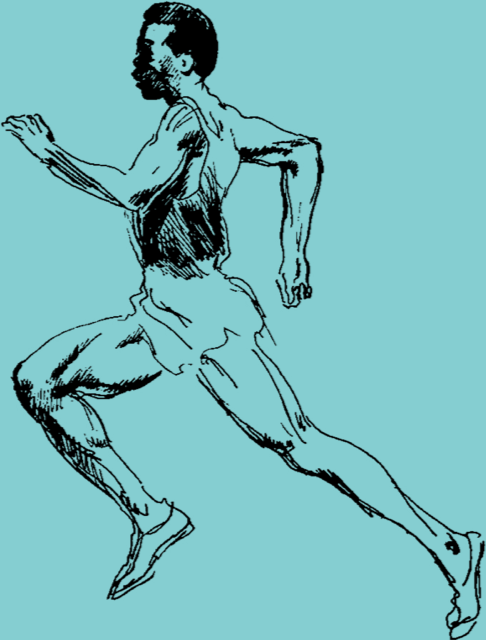LeRoy Neiman
(1921–2012)
Artist, Teacher, Illustrator, Chronicler, Celebrity, Philanthropist
![]()
LeRoy Neiman was born in Saint Paul, Minnesota, on June 8, 1921, to Lydia Serline and Charles Runquist. When LeRoy was five years old, his father left, abandoning the family. Taking the last name of Lydia’s second husband, John Neiman, LeRoy grew up in Saint Paul’s hardscrabble, blue-collar neighborhood of Frog Town. He showed an early knack for drawing—and selling. Creating posters for local merchants to advertise their store sales, LeRoy peddled his work for a nickel apiece. He picked up extra change by drawing ink tattoos on the forearms of his schoolmates.
Leaving Saint Paul for the U.S. Army, Neiman worked as an army cook, painted sets for Red Cross shows, and created bawdy murals on the walls of World War II mess halls. For a period, he went AWOL falling in love with an older woman and living with her in Eupen, Belgium. Eventually, he left the Army with an honorable discharge.
Thanks to the G.I. Bill, Neiman pulled together enough money to study at the Saint Paul School of Art and the School of The Art Institute of Chicago (SAIC). At SAIC, in a class of 1950 that was rife with talent, Neiman studied alongside Robert Clark (who later changed his last name to Indiana) and Leon Golub.

Neiman spent a decade after his graduation teaching figure drawing and fashion illustration at SAIC. Meanwhile, he entered his paintings in regional competitions—and found quick success. In 1953, his Idle Boats won first prize for oil painting at the Twin City Show. The Minneapolis Art Institute bought the painting. And Neiman’s stature grew briskly as other prestigious museums—the Corcoran Gallery of Art in Washington, D.C., the Art Institute of Chicago, and the Carnegie Pittsburgh International Exhibition of Contemporary Painting—acquired other pieces of his work.
In 1954, along came a break that altered Neiman’s career. While doing fashion illustrations for retailer Carson Pirie Scott, he met not only his future bride Janet Byrne, but also Hugh Hefner, a copywriter for the department store chain who had also just launched a new men’s magazine. This magazine, called Playboy, featured nearly nude women, serious journalism, and fiction. Hefner commissioned an illustration from Neiman for a short story—which turned out to win the Chicago Art Directors Award. In 1957, the same year Neiman married Janet, he created what became an enduring iconic logo for Playboy: the Femlin. This was a mischievous-looking, saucy, sexy female sprite, or gremlin, clothed only in opera gloves, stockings, and high heels. She was, ironically, a champion of women’s rights.







